- March 29, 2019
- All things Paris
- Anna Livesey
The Avenue des Champs-Elysées is one of the longest avenues in Paris and by far its most iconic. Stretching from the colossal Arc de Triomphe all the way up to Place de la Concorde and the Tuileries Gardens, the avenue was originally designed to extend a view out westwards from the centre of Paris. It has come a long way since 1969, when French heart-throb Joe Dassin crooned in his hit single of the same name, ‘come rain or shine, in night or day, there’s all you want on the Champs-Elysées’. The song was an immediate classic, crowning the Champs’ heyday as an emblem of Parisian chic and elegance. Since then an explosion of high street stores and fast food chains has transformed these ‘Elysian Fields’ (to translate the avenue’s dreamy mythological title) into a lively and congested highway, as crammed with hoards of tourists as with their mega-sized shopping bags. But away from the crowds there is still plenty on offer in terms of culture, cuisine and, not to mention, cabaret. Theatre in Paris’ recommendations are here to help you take a step off the beaten avenue and discover what’s on down its lesser-frequented side roads...
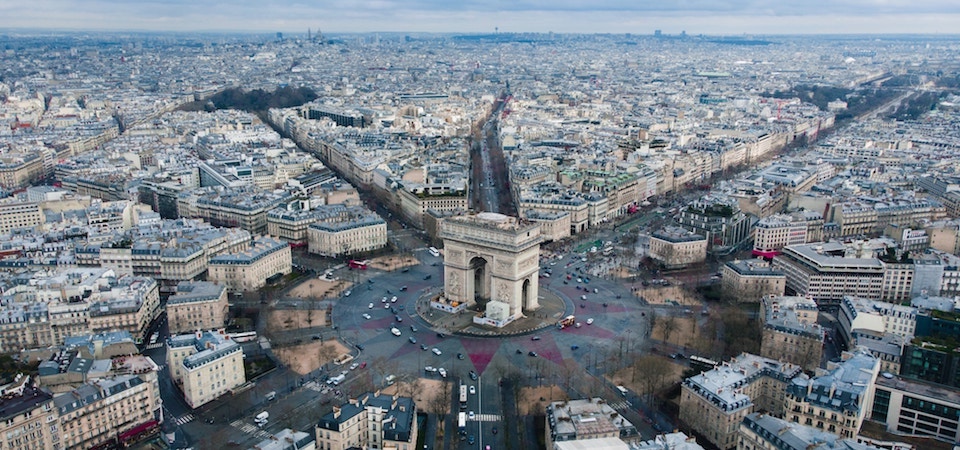
A monumental view – The Arc de Triomphe
To take it from the top (of the avenue), it’s impossible to avoid the tourist trap and Napoleonic monument that is Paris’ Arc de Triomphe. A must-see for any first-time visitor, the Arc sits at the heart of the city’s busiest roundabout, the Place de l’Étoile, and forms the centrepiece of the Axe historique, a string of monuments extending in a line westwards from the courtyard of the Louvre out towards La Défense, Paris’ business district. Climb to the top of the Arc and you’ll be greeted by one of the best views Paris has to offer, for a fraction of the price of a trip up the Eiffel Tower. Then feast your eyes on the length of the Champs-Elysées, as well as the twelve other avenues that splay in all directions.
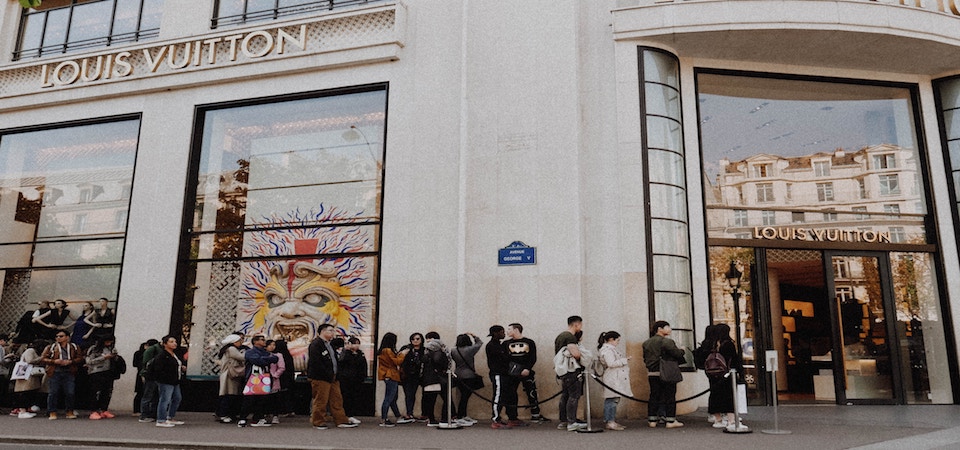
Your retail fix – Shopping on the Champs-Élysées
Since the 19th century the Champs-Élysées has been known as Paris’ main high street for haute couture. Both sides of the avenue are lined with boutiques from all the major fashion designers: Chanel, Louis Vuitton, Guerlain, Cartier, and the list continues. More recently a collection of newer brands like Banana Republic, Levi’s, and Abercrombie & Fitch have chosen to locate their flagship stores on the avenue, adding VIP-attended events and in-store art installations to your regular retail experience.
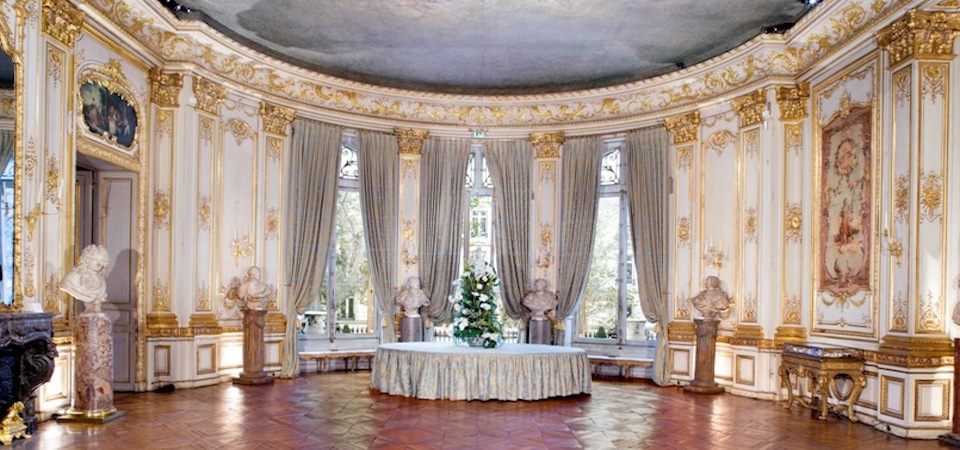
A mansionful of old masters – Musée Jacquemart-André
The Musée Jacquemart-André sits just a few side streets away from the Champs-Elysées, on another classically Parisian thoroughfare, the boulevard Haussmann. A pair of stony-faced (and bodied) lions sit at the entrance of this magnificent 19th century mansion, which is also home to one of Paris’ largest collection of paintings by the Dutch and Italian old masters. Works by the likes of Rembrandt, Botticini, Uccello, and Tiepolo all make the collection, which was originally assembled from the private hoard of Edouard André, the son of a rich French banking family, and his wife, artist Nélie Jacquemart.
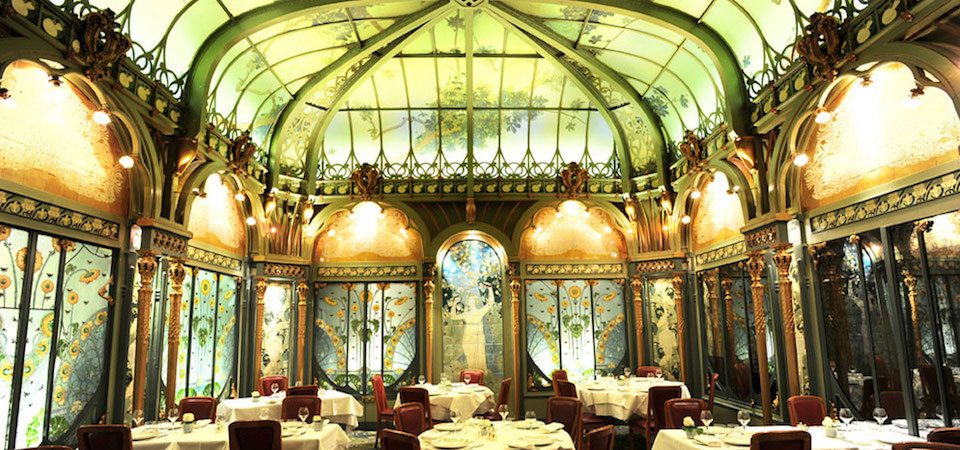
Take a trip back to La Belle Époque – La Fermette Marbeuf
Absorbing Paris’ endless culture and history can be tiring, but not when it’s done from the comfort of a stylish French brasserie. La Fermette Marbeuf is as much art gallery as gastropub and a radiant example of Paris’ Art Nouveau heritage. With ornate vaulted ceilings, floral mosaics, and stained glass panels, the restaurant takes its clientele on a nostalgia trip back to the opulence of the ‘Belle Époque’ period, when Paris was at the height of its cultural and economic prowess
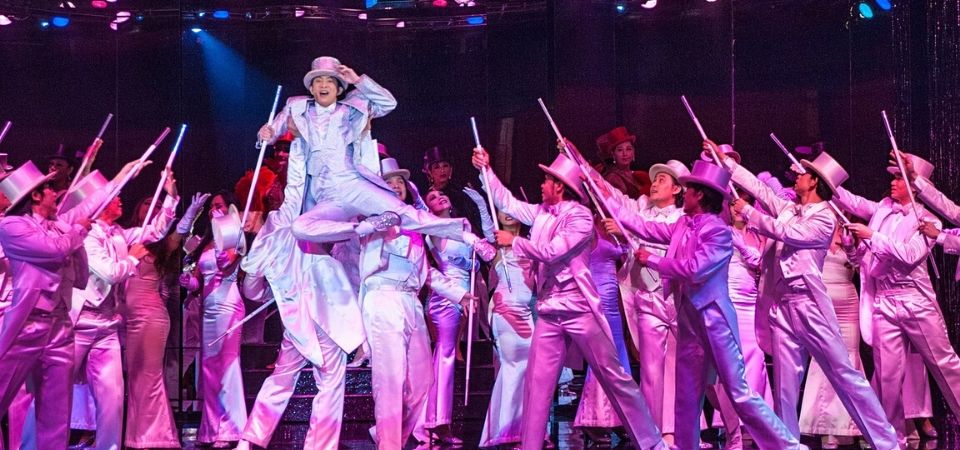
A Night Out at the Cabaret – Le Lido and The Crazy Horse
The Crazy Horse is the first of two historic cabarets situated on the Champs-Elysées. Fascinated by the show girls and burlesque performances he observed during a trip to the USA, Alain Bernardin founded the Crazy Horse in 1951, transporting some of that American sparkle to Paris. Its popularity hasn’t faded since, with the cabaret playing host to the likes of Dita Von Teese, Pamela Anderson, and Christian Louboutin. Just around the corner sits a still more renowned establishment, the famous Lido de Paris, opened in 1946. The largest of all the city’s cabarets, Le Lido is known for its circus-like performances and high-tech flourishes. Show girls are joined by jugglers, acrobats, and magicians, on a stage that can metamorphose into a ice rink or swimming pool at the flick of a switch. If sensory overload is your thing, you can get your tickets to the Crazy Horse and a host of other Parisian cabarets through Theatre in Paris.
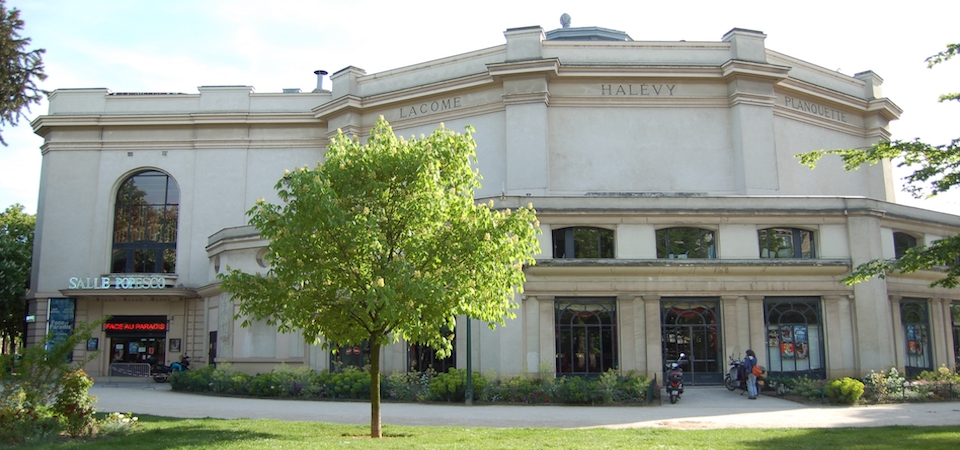
Or a Trip to the Theatre – Théâtre Marigny
For those more partial to theatre than cabaret, look no further Théâtre Marigny, a gorgeous 19th century playhouse sitting towards the bottom of the Champs-Elysées. That this perfectly circular building was designed by architect Charles Garnier himself (the same man behind the magnificent Paris Opéra) tells you all you need to know about inside and out. Théâtre Marigny is the height of Parisian elegance. It has not stopped expanding since these auspicious beginnings: the theatre now counts two separate auditoriums and 1,024 seats, making it one of the city’s largest venues. These days Théâtre Marigny couples big, brash, Broadway-based performances with smaller-scale new plays. Until July 2019 you can catch iconic New York gangster musical, Guys and Dolls.
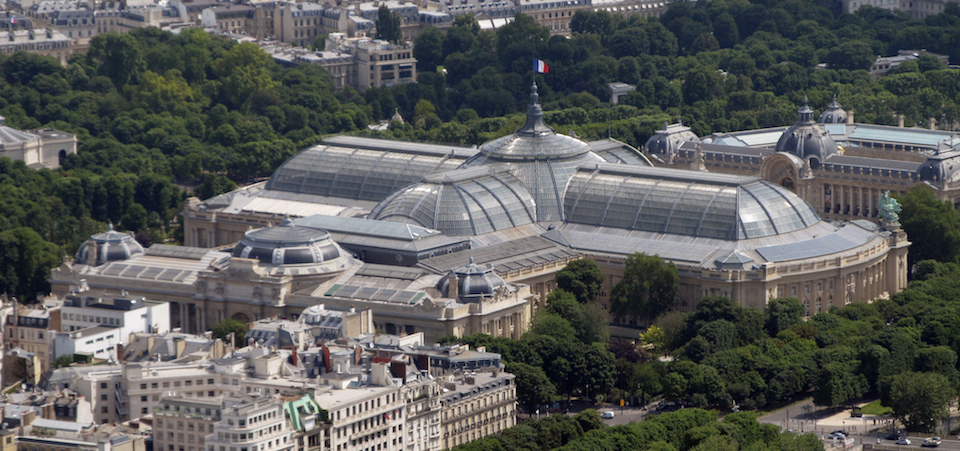
Twin art galleries – The Petit and Grand Palais
These sibling galleries sit opposite each other at the bottom of the Champs-Elysées and house between them some of Paris’ most prestigious art exhibitions. Constructed in 1900, the two grandiose buildings have since been given a contemporary update. During the winter months you’ll find the Grand Palais transformed into Paris’ largest temporary ice rink and over summer the Petit Palais’ state of the art café is the perfect afternoon tea spot.
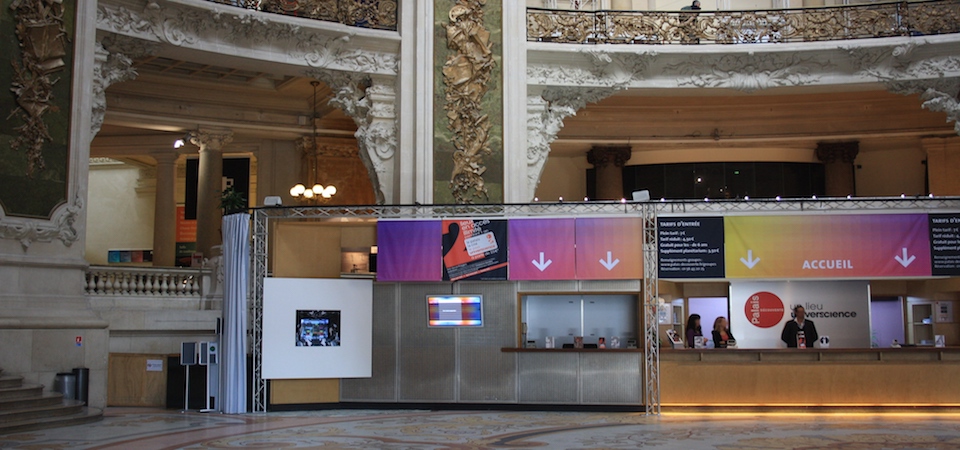
Their Sciencey Cousin – Palais de la decouverte
A little less well-known than the Grand and Petit Palais, the Palais de la découverte is still well worth a trip around the corner. It’s nestled the back-end of the Grand Palais but this one is a museum dedicated to science, not art. Its displays pay tribute to human discovery from Leonardo da Vinci right through to the present day. Key attractions include an impressive planetarium and the ‘Pi Room’, a circular chamber with domed roof, decorated all over in – you guessed it – all 707 digits of the number π.
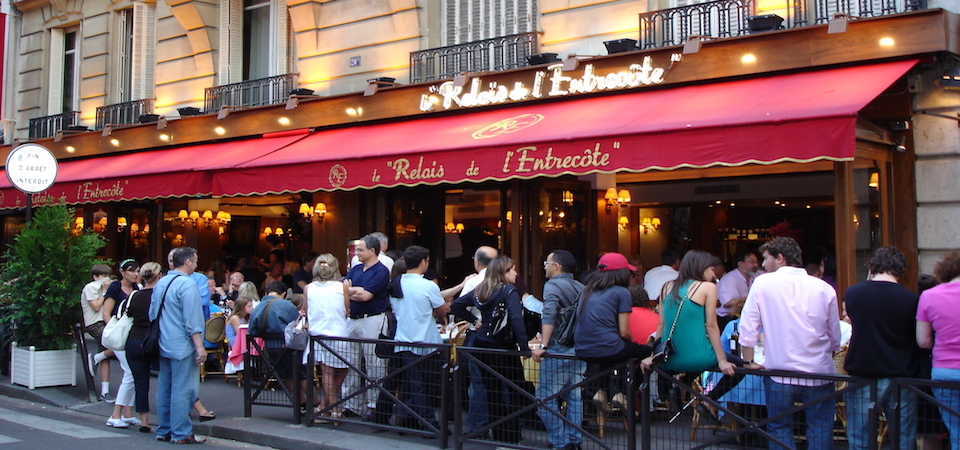
Famed French Steak – Le Relais de l’Entrecôte
Now with three restaurants dotted across the city, Le Relais de l’Entrecôte has become a Paris institution. The concept is simple: no menu, just one dish done incredibly well. Since 1959, the Gineste de Saurs family have been refining their signature recipe: steak frites doused in a seriously good, if unidentifiable sauce (whose contents remain a closely kept family secret). Once you’ve chosen how you would like your steak (remembering to adjust your scale to the blood-thirsty tendencies of the French population), the meat will be wheeled over to you on a silver trolley, by a waitress who returns later to offer a generous second helping. A heads up from Theatre in Paris: arrive fifteen or so minutes before opening if you want to avoid queuing along the pavement of the Champs-Elysées.
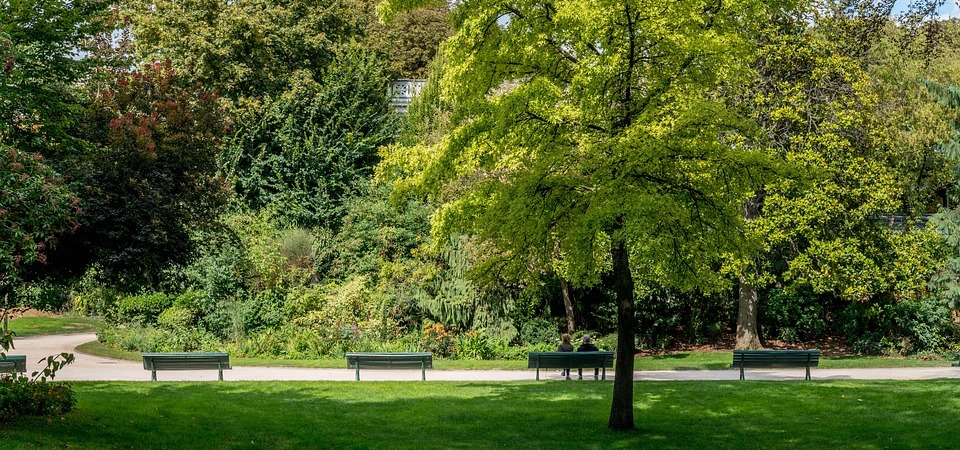
An oasis in the craziness - The Champs-Elysées Garden
Last on the list and down at the foot of the avenue: the Champs-Elysées gardens are a remnant of an older, more peaceful Paris, minus tourists, traffic, and ultra fast fashion. Straddling either side of the avenue in the orderly symmetry of a quintessential French jardin, these gardens are some of the city’s oldest. Despite being bisected by the city’s busiest boulevard, the park remain a shaded oasis and perfect escape from the craziness of the Champs-Elysées.
So there you have it, a collection of must-see locations on Paris’ most famous avenue. Care to explore some other Parisian neighbourhoods? Check out our other Paris Neighbourhood Guides in the series!





